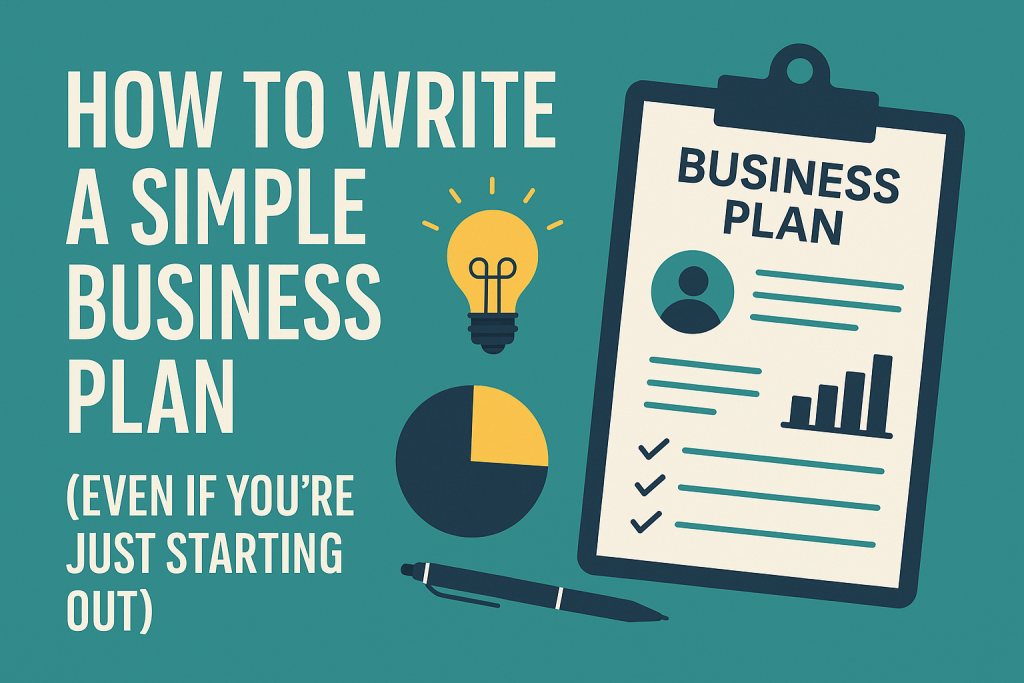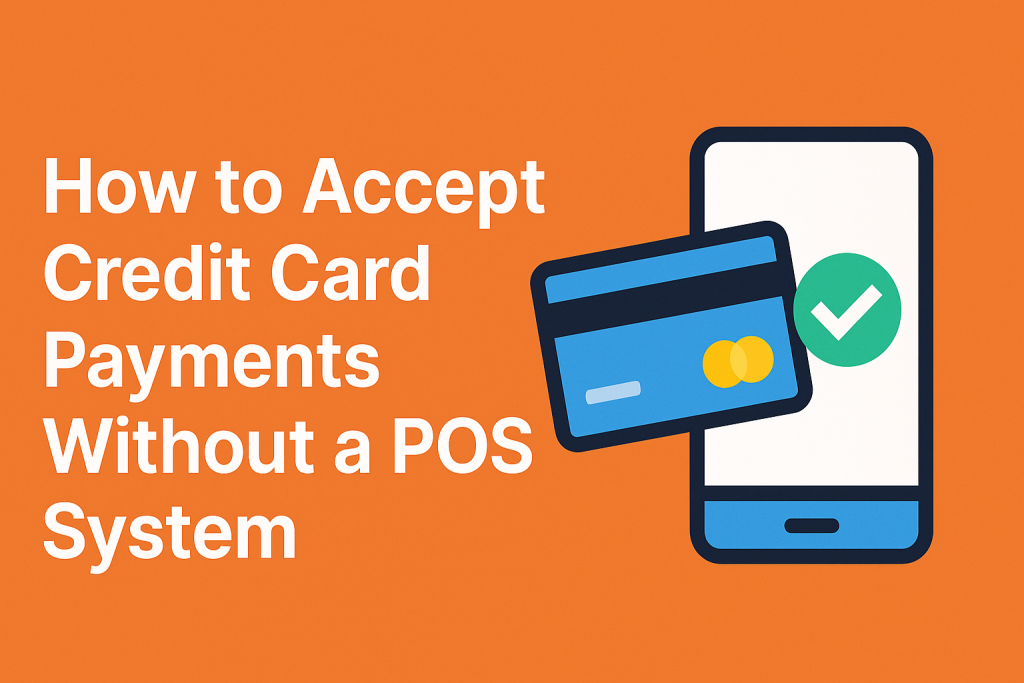Every great business starts with a solid plan. But that doesn’t mean you need a 30-page document filled with jargon and charts. In fact, some of the most successful businesses begin with just a simple, clear outline of what they do, who they serve, and how they’ll make money.
In this guide, we’ll show you exactly how to write a simple business plan—step by step—so you can turn your idea into action and attract investors, partners, or even your first customers.
Why You Need a Business Plan
A business plan is more than a formality—it’s your roadmap. Whether you’re building a startup, launching a side hustle, or opening a local shop, your business plan helps you:
- Clarify your vision
- Stay focused and aligned
- Understand your market
- Plan your finances and growth
- Pitch to banks or investors (if needed)
Even if no one else sees your plan, it’s a tool for you to stay on track.
What to Include in a Simple Business Plan
You don’t need fancy formatting or complex sections. A great business plan can be simple, clean, and only 1–2 pages long. Here’s what it should cover:
1. Executive Summary
A brief overview of your business—who you are, what you do, and why you’ll succeed.
Include:
- Business name and location
- What you offer (product/service)
- Your mission or vision
- A snapshot of goals (e.g., “Launch in Q3, reach $50K revenue in year one”)
Keep this section short and punchy. It’s the first thing a reader sees.
2. Company Overview
Describe your business structure, ownership, and what stage you’re at.
Include:
- Is it a sole proprietorship, LLC, or partnership?
- When and why was it founded?
- Any key milestones achieved (prototype created, funding raised, etc.)
If you’re still in the idea phase, just be honest about your current status and vision.
3. Market Analysis
Show that you understand the people you’re selling to—and the competition.
Target Market
- Who are your ideal customers?
- What’s their age, location, lifestyle, or industry?
Competitor Snapshot
- Who else is serving this market?
- How will your business stand out?
Use real data or a few examples to demonstrate you’ve done your research.
4. Products or Services
Explain what you’re offering—and why people will want it.
Include:
- A short description of your product or service
- What problem it solves
- Pricing model (one-time, subscription, etc.)
- How you plan to deliver it (online, in-store, shipping)
5. Marketing and Sales Strategy
How will you reach your audience and convert them into paying customers?
Include:
- Main marketing channels (Instagram, email, SEO, local events, etc.)
- Branding tone or personality
- Sales funnel: How do leads become customers?
Focus on 2–3 key tactics rather than listing everything. Keep it realistic and executable.
6. Financial Overview
Even if you’re just starting, include basic financial thinking.
Startup Costs
- What will it cost to launch?
- Do you need outside funding?
Revenue Projections
- How will your business make money?
- What are your expected sales in the first year?
Use simple tables or bullet points—no need for complex forecasting unless required.
7. Goals and Next Steps
Wrap up your plan with clear, measurable goals.
Examples:
- Launch website by [date]
- Reach 100 paying customers in 6 months
- Hire first employee within a year
Bonus Tip: Add a short sentence about what success looks like for you.
Final Thoughts
Writing a business plan doesn’t need to be intimidating or time-consuming. With just a few focused sections, you can craft a clear, actionable guide to move your business forward—one step at a time.
Remember: It’s not about perfection. It’s about progress.
Free Download: Simple Business Plan Template
- 📥 Want to make this even easier? Download our free 1-page business plan template and start mapping your vision today.
- 💬 Got questions about writing your plan? Drop them in the comments—we’re here to help.


